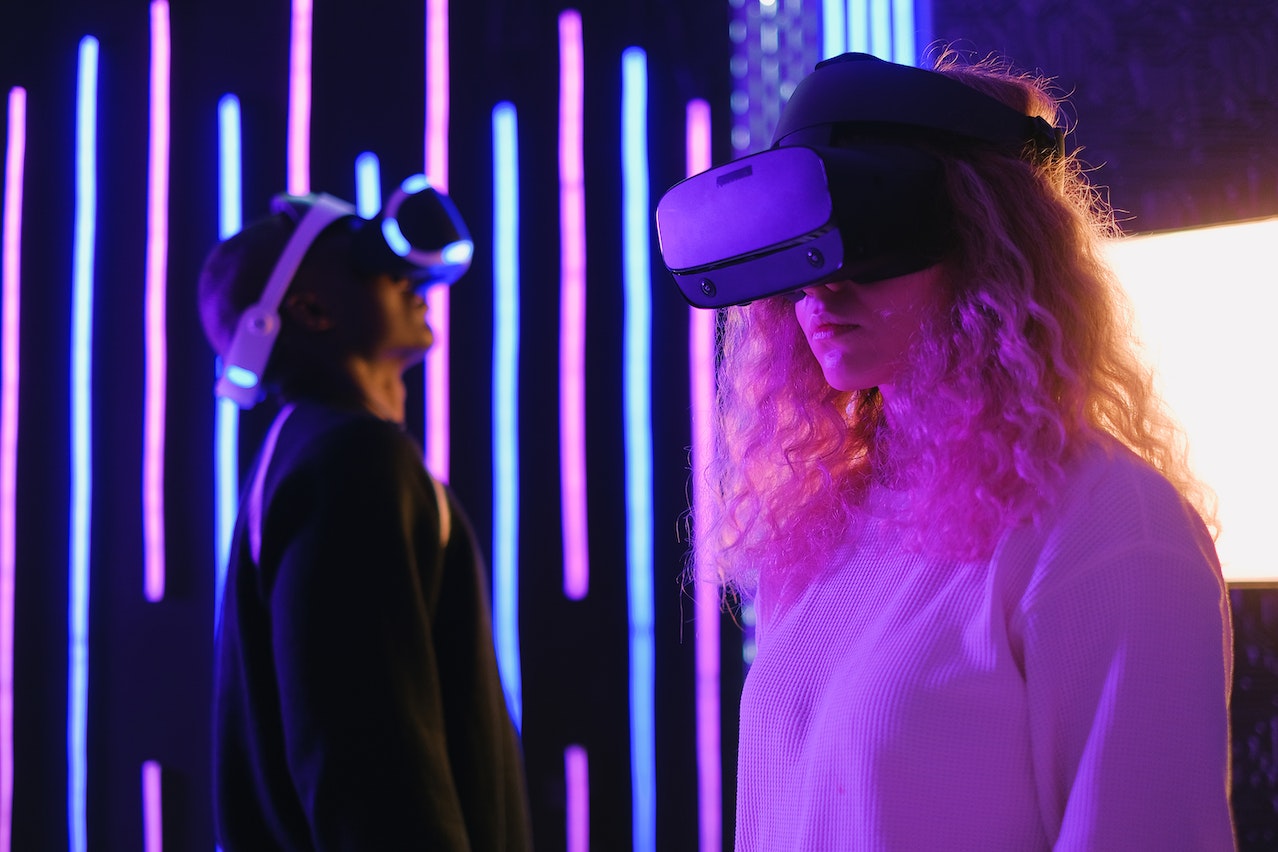9 Augmented Reality Trends of 2023: New Milestones in Immersive Technology

Augmented Reality (AR) has been one of the fastest-growing technologies of the past decade. It has transformed the way we interact with the digital world and has revolutionized the way businesses market their products. In 2023, the AR industry is expected to reach new milestones, and companies will be using AR in innovative ways to enhance their customer experience.
Increased Adoption of AR in E-commerce
One of the most significant AR trends in 2023 is the continued adoption of AR in e-commerce. Retailers are using AR to provide customers with a virtual try-on experience, making it easier for customers to visualize the product before they buy it. According to a recent report, the AR market in the retail industry is expected to reach $15.29 billion by 2023, up from $2.39 billion in 2018.
The Growth of AR-enabled Smart Glasses
AR-enabled smart glasses are becoming more mainstream, and businesses are using them to enhance their customer experience. For example, companies like North and Vuzix are developing AR glasses that can display information and graphics directly in front of the wearer. These glasses are being used in a variety of industries, from healthcare to retail, to provide hands-free access to information and data.
AR Gaming and Entertainment
The gaming and entertainment industry is also adopting AR technology, creating new and exciting experiences for users. For example, Pokémon Go, one of the most popular AR games, has been downloaded over 1 billion times worldwide. In 2023, we can expect to see an increase in the number of AR games and entertainment experiences being developed and released.
The Rise of AR Cloud
The AR Cloud is a shared virtual space where AR content can be stored and accessed by multiple users. In 2023, the AR Cloud is expected to become more mainstream, allowing businesses to create and share AR experiences on a massive scale. Companies like 8th Wall and Niantic are leading the way in AR Cloud development.
AR-powered Customer Service
Businesses are using AR to enhance their customer service by providing real-time support through AR chatbots and virtual assistants. Customers can use AR to get help with product setup and troubleshooting, and businesses can use AR to provide visual instructions to their customers.
AR-enhanced Customer Experience in Retail Stores
Retail stores are using AR to create a more immersive and interactive shopping experience for their customers. For example, Ikea has developed an AR app that allows customers to see how furniture will look in their home before they make a purchase. Other retailers, such as Sephora, are using AR try-on experiences to let customers virtually try on makeup before they buy it.
AR in Education and Training
AR is being used to enhance the educational and training experience, providing students and employees with interactive and engaging experiences. For example, medical schools are using AR to simulate surgeries, and the military is using AR to train soldiers in combat situations.
AR-enhanced Print Advertising
Print advertising is being enhanced with AR, allowing consumers to interact with advertisements in new and innovative ways. For example, advertisers are using AR to create interactive experiences that bring print advertisements to life.
AR in the Automotive Industry
The automotive industry is using AR to enhance the car-buying experience, allowing customers to visualize and customize their vehicles before they make a purchase. AR is also being used in the automotive industry to improve the design and manufacturing process.
In conclusion, the use of augmented reality in 2023 is on the rise and offers a range of benefits for businesses. Companies that adopt this technology have the opportunity to increase their brand awareness, improve customer engagement and drive sales growth. Augmented reality is set to be one of the major drivers of digital innovation in the next five years, with an estimated market size of $198 billion by 2025.





